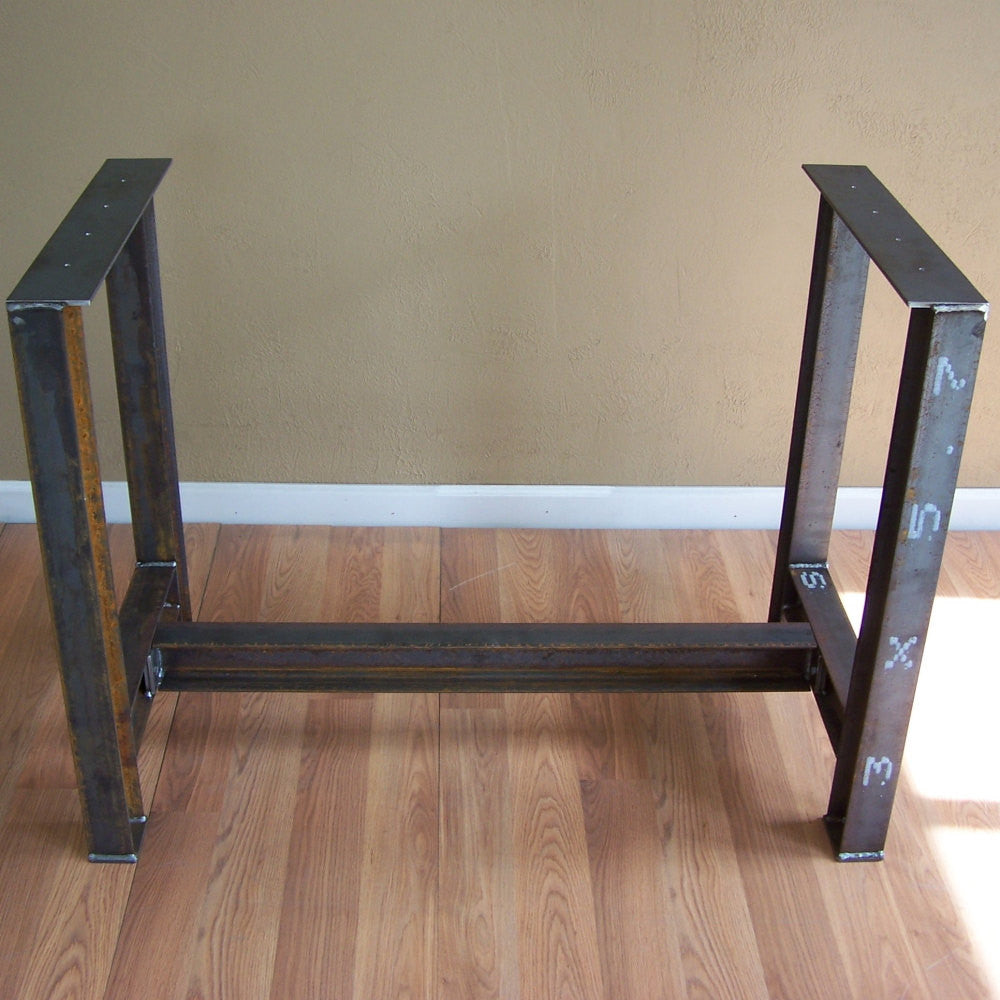Rely Upon Specialist Craftsmanship for Tailored Legs For Kitchen Island Ideas
Rely Upon Specialist Craftsmanship for Tailored Legs For Kitchen Island Ideas
Blog Article
Crucial Variables to Think About When Picking Legs For Cooking Area Island
Choosing the suitable legs for a kitchen island involves a cautious assessment of several aspects that can substantially affect both functionality and aesthetic appeal. Among these, the selection of material plays a pivotal role in making certain toughness, while the style must enhance the existing decor. Furthermore, factors to consider such as elevation and weight assistance are important for security and comfort. As we check out these elements, it ends up being clear that each decision can have significant effects for the overall kitchen experience. What subtleties should be thought about in each of these categories to attain the optimal balance?
Material Options
When selecting legs for a kitchen island, comprehending the numerous material alternatives is necessary for achieving both visual charm and structural integrity (Legs For Kitchen Island). The selection of product dramatically affects not just the sturdiness of the island yet also its general layout and capability
Steel legs, typically made from stainless steel or wrought iron, contribute a commercial and modern feeling while making certain resilience and security. These products are resistant to wear and can support significant weight, making them suitable for bigger islands.
An additional alternative is engineered materials, like MDF or plywood, which can be a lot more cost-effective while still providing an array of finishes. They might not provide the exact same degree of stability as strong timber or metal. Legs For Kitchen Island. Last but not least, materials such as acrylic or glass can produce a contemporary look, though they might need additional support to make certain security.
Eventually, the selection of product for kitchen island legs need to straighten with the wanted functionality and the total theme of the kitchen.
Design and Layout

When taking into consideration style, the shape and finish of the legs are essential. Tapered legs can provide a sense of lightness and beauty, while thicker, a lot more durable legs can communicate stamina and security. Furthermore, the surface-- be it painted, discolored, or natural-- ought to complement the cabinetry and countertop materials to develop a unified appearance.
In addition, the layout of the legs can likewise show personal taste. Custom or attractive legs, such as those including complex carvings or distinct geometric shapes, can function as centerpieces, including character and personality to the cooking area. Inevitably, the ideal option will not only boost capability yet also boost the visual appeal, making the kitchen island a standout attribute of the home.
Height Considerations
Selecting the proper height for cooking area island legs is critical, as it straight influences both performance and comfort. The common height for a kitchen area island commonly ranges from 36 to 42 inches, lining up with usual counter top elevations.

It is additionally vital to make up individuals' heights and preferences. Personalizing the elevation can guarantee a comfortable experience for all family participants, making the cooking area island an extra useful and pleasurable space.
Weight Support
Ensuring ample weight assistance for kitchen area island legs is important for both safety Recommended Site and security and performance. The kitchen island typically serves numerous purposes, including cooking, eating, and extra storage, demanding a robust support framework. When choosing legs, it is essential to think about the total weight capability called for based on the island's intended usage and the materials that will be put on it.
The selection of material for the legs plays a significant function in their weight-bearing capacities. Strong wood, steel, and durable compounds normally offer remarkable strength compared to lighter products. In addition, the design of the legs-- whether they are directly, tapered, or have a pedestal kind-- can affect their ability to distribute weight successfully throughout the structure.
Constantly get in touch with the manufacturer's specifications regarding load limits to ensure that the legs can maintain the desired weight without endangering security. In summary, choosing kitchen area island legs with sufficient weight support is necessary for developing a functional and safe cooking room.
Setup and Maintenance
Proper installment and maintenance of cooking area island legs are important for ensuring long life and stability. This usually includes safeguarding the legs to the island base utilizing ideal fasteners, making certain that the legs are you could try here level and straightened.
Once set up, regular maintenance is essential to preserve the honesty and appearance of the legs - Legs For Kitchen Island. For wooden legs, routine cleaning with a moist towel and application of suitable wood gloss can click for info prevent wetness damages and maintain their surface. Steel legs may need a mild cleansing service to eliminate oil and grime, complied with by a completely dry cloth to avoid corrosion development
Additionally, examine the legs consistently for signs of wear or damage, such as cracks or loose joints. Tightening screws or bolts as required can likewise lengthen the life-span of the legs. By adhering to these installation and upkeep techniques, house owners can ensure that their kitchen island continues to be strong and aesthetically appealing for years to come.
Final Thought

Aesthetic comprehensibility is extremely important in selecting the style and style of legs for a kitchen area island, as these components greatly influence the overall atmosphere of the area. Conical legs can supply a feeling of agility and elegance, while thicker, more durable legs can communicate toughness and security.Picking the ideal elevation for cooking area island legs is crucial, as it directly impacts both functionality and comfort. In summary, selecting kitchen island legs with sufficient weight support is important for creating a functional and safe culinary room.
In verdict, picking legs for a cooking area island demands cautious consideration of various elements, including product alternatives, design, height, weight support, and installation.
Report this page